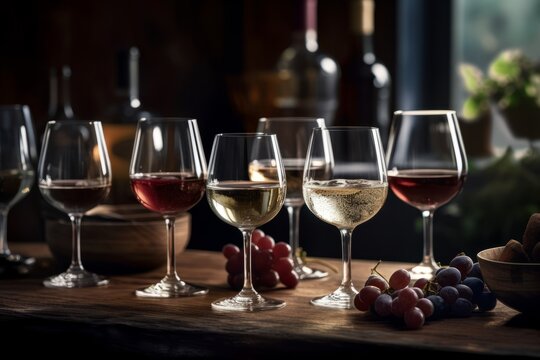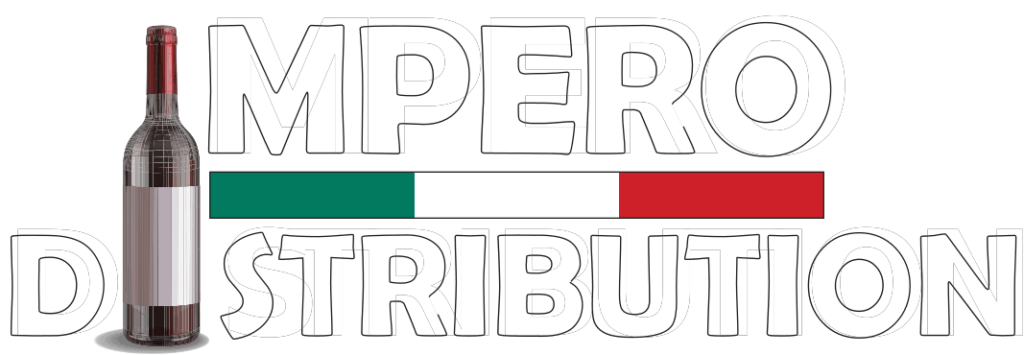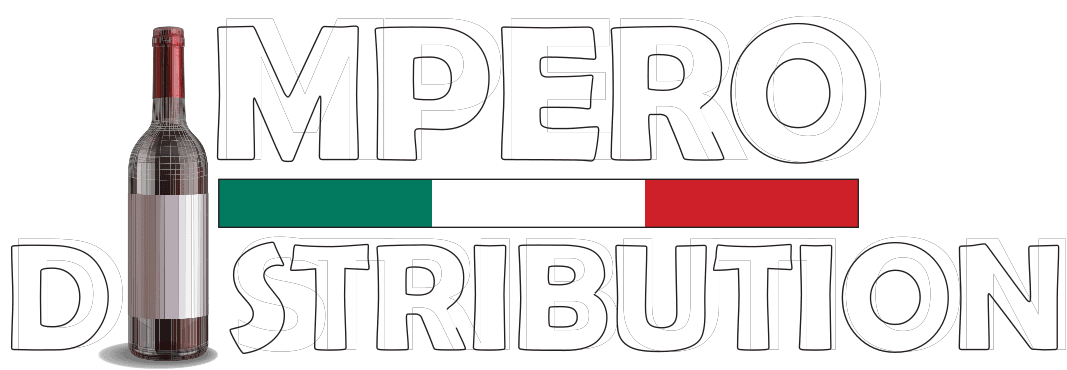Whether you’re a casual wine drinker or a seasoned connoisseur, knowing how to recognize a good wine can enhance your appreciation and help you make better selections. But what exactly makes a wine “good”? Here are some key factors to look for when evaluating a bottle of wine.

1. Examine the Appearance
A good wine should have a vibrant, clear appearance. Cloudiness or sediment can indicate spoilage (unless it’s an aged wine, where sediment is normal). The color can also provide hints about the wine’s quality and age:
- White wines should be bright and clear, with shades ranging from pale yellow to golden amber.
- Red wines should have rich, deep colors. A brownish tint may indicate oxidation and aging.
2. Assess the Aroma
The scent of wine, or its “nose,” is a strong indicator of quality. Swirl the glass and take a deep breath. A good wine should have a pleasant, complex aroma. Look for:
- Fruity notes like berries, citrus, or tropical fruits
- Floral scents such as rose, violet, or lavender
- Earthy aromas like oak, tobacco, leather, or spices (in aged wines) If the wine smells musty, vinegary, or overly alcoholic, it may be flawed.

3. Taste the Balance
A great wine is well-balanced, meaning that all its components—acidity, tannins, sweetness, and alcohol—work harmoniously.
- Acidity provides freshness. A good wine should have enough acidity to feel crisp and lively.
- Tannins (in red wines) add structure. Smooth, well-integrated tannins are a sign of quality.
- Sweetness should be balanced, not overwhelming.
- Alcohol should feel smooth, not overpowering.
4. Consider the Finish
The “finish” refers to how long the flavors linger after you swallow. High-quality wines have a long, pleasant aftertaste, while lower-quality wines fade quickly.
5. Check the Complexity
Good wines evolve as you taste them, revealing multiple layers of flavors. If the wine changes on your palate and offers different notes over time, it’s likely a high-quality selection.

6. Look at the Label and Origin
Reputable wineries and well-known wine regions often produce better-quality wines. Pay attention to:
- The winery’s reputation
- The grape variety and region (e.g., Bordeaux, Tuscany, Napa Valley)
- The vintage year (older doesn’t always mean better, but some years yield exceptional harvests)
7. Price vs. Quality
Expensive doesn’t always mean better! Many high-quality wines are reasonably priced, while some costly wines may not suit your taste. Focus on quality indicators rather than just price.
Final Thoughts
Recognizing a good wine is about understanding its balance, aroma, complexity, and finish. Next time you enjoy a glass, take a moment to appreciate its characteristics and enhance your wine experience.

Cheers to great wine! 🍷
📍 Looking for premium wines? Contact Impero Distribution for the best selection!



One comment
Hi, this is a comment.
To get started with moderating, editing, and deleting comments, please visit the Comments screen in the dashboard.
Commenter avatars come from Gravatar.